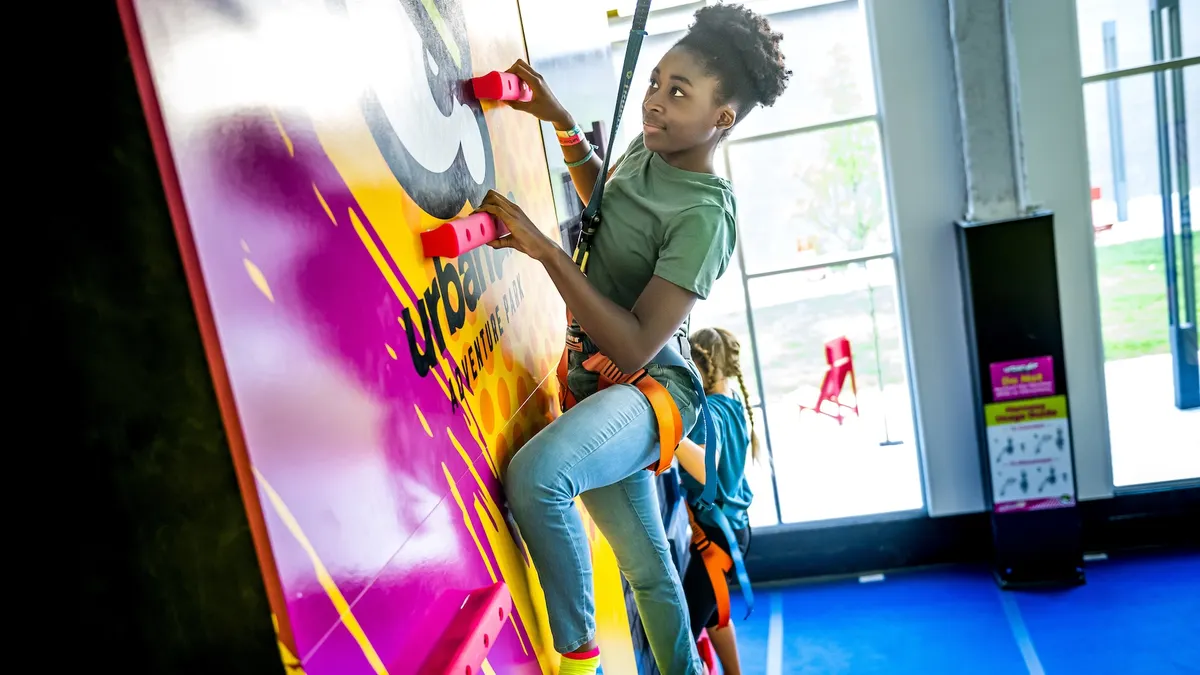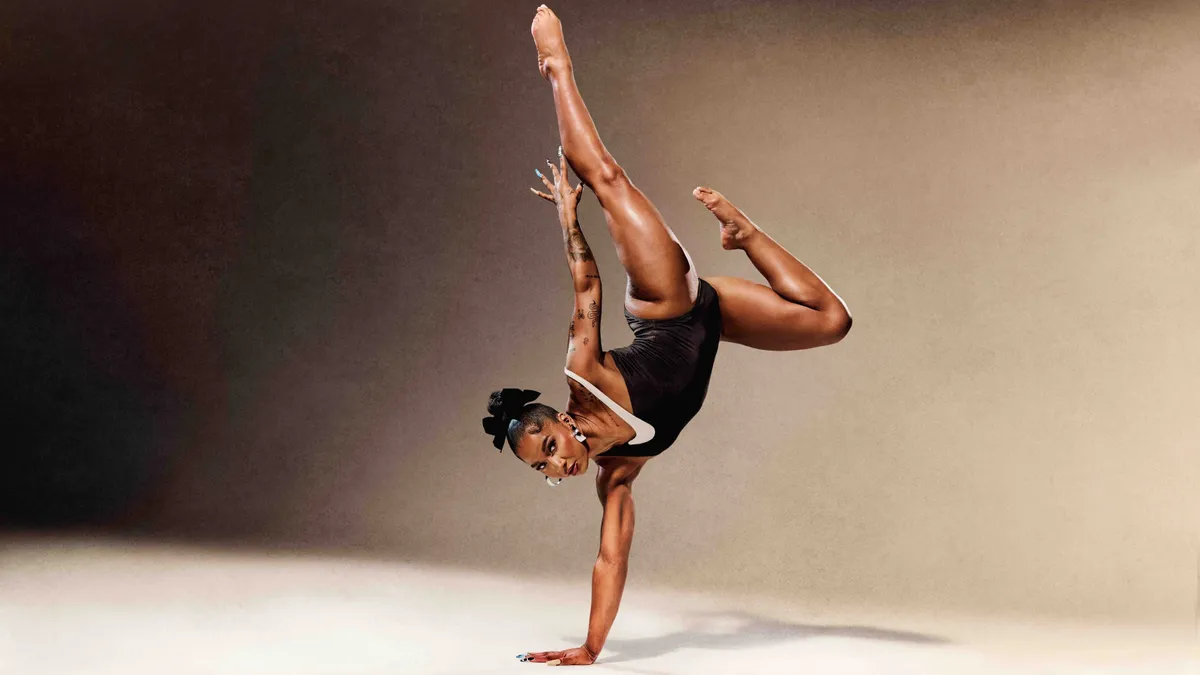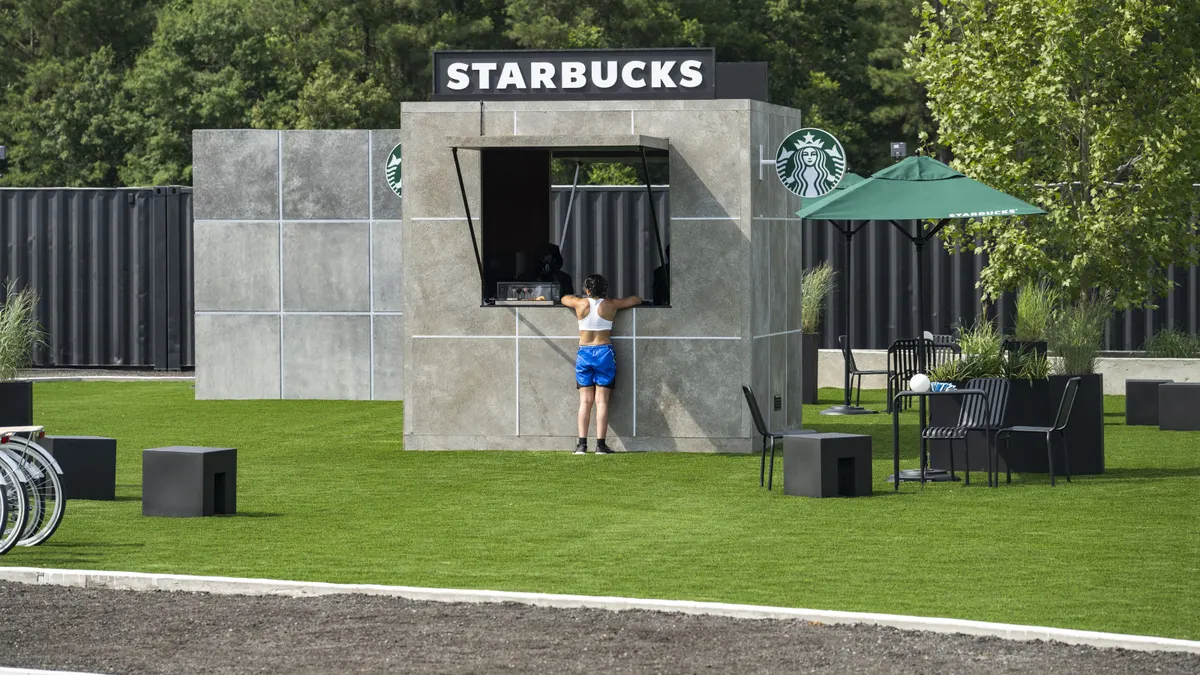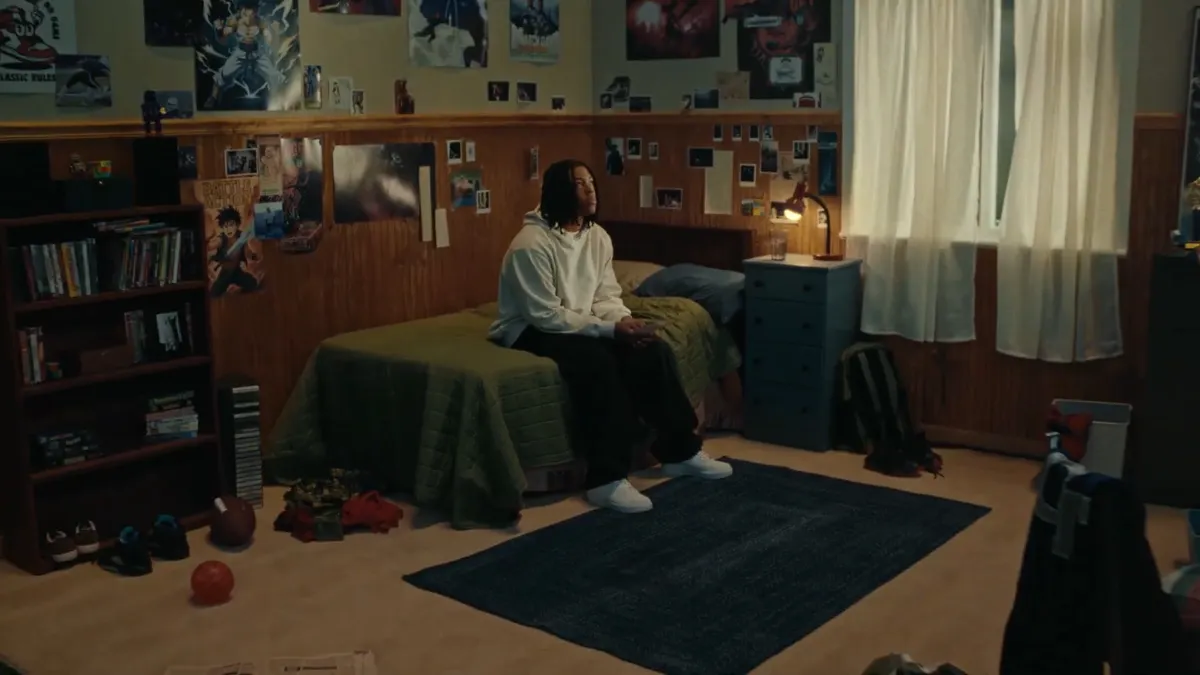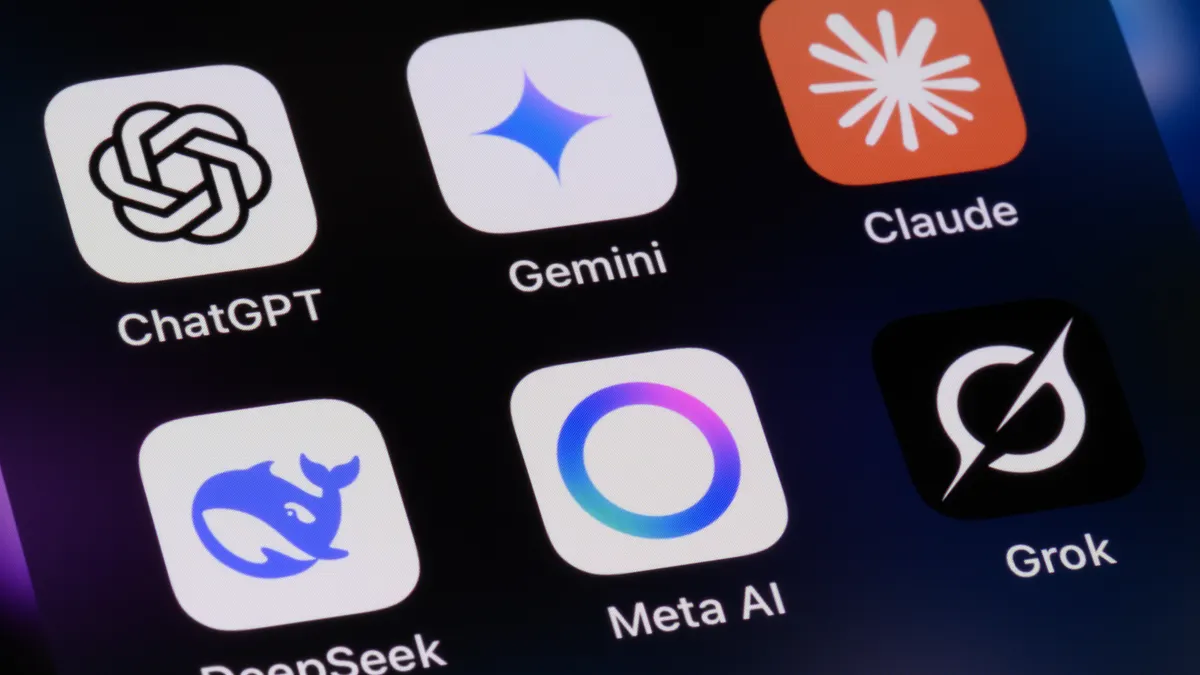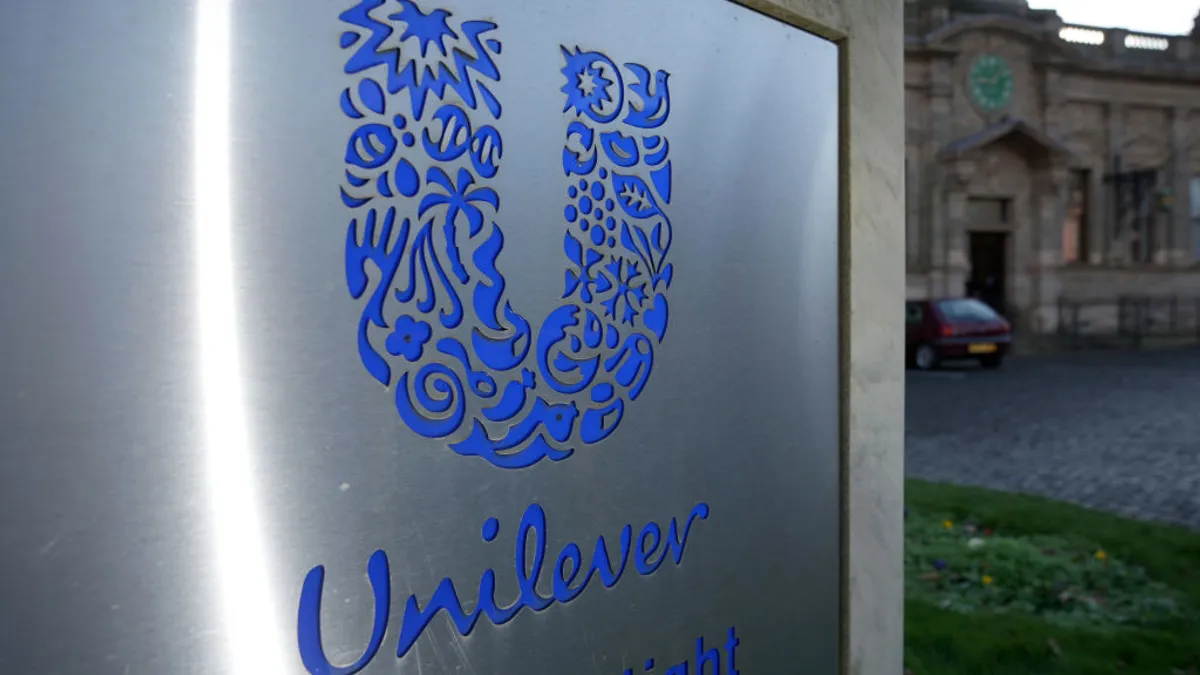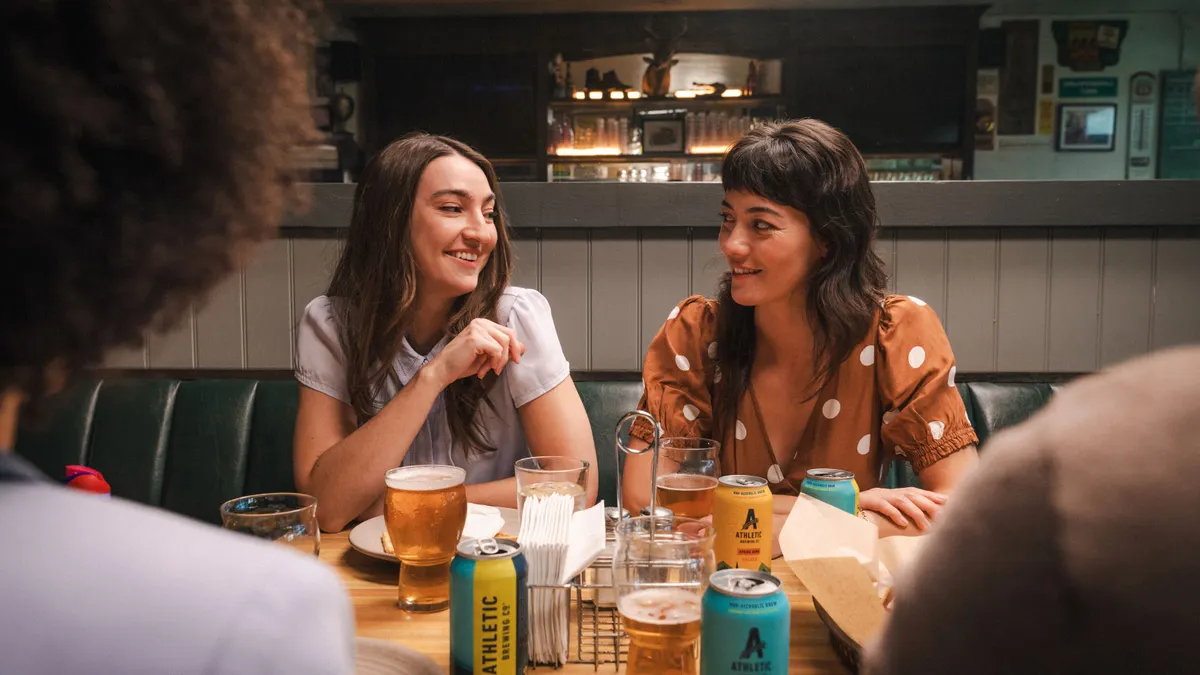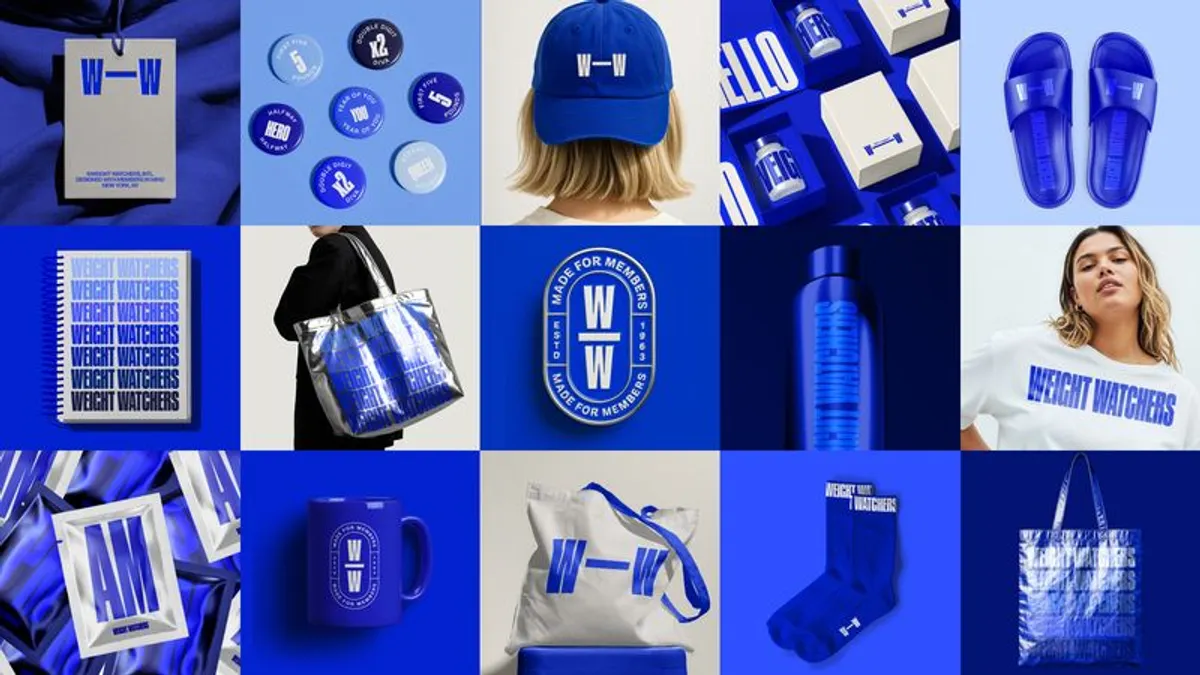During Pat O’Toole’s two-year stint as chief marketing officer of Burger King, the fast-food chain leaned into artifical intelligence-powered customization, gamified its loyalty program and looked to extend the shelf life of viral successes.

All of those tactics could prove helpful as O’Toole embarks on a new journey as CMO of Unleashed Brands, a youth-enrichment company with a portfolio of brands that includes Urban Air Adventure Park, The Little Gym and Sylvan Learning.
The executive, who spent nearly 15 years at PepsiCo, including a stint as CMO of Mountain Dew, brings experience in brand strategy, innovation and franchise marketing to Unleashed Brands, explained Founder and CEO Michael Browning, Jr.
“Marketing is at the core of Unleashed Brands' growth and we have ambitious goals for 2025 that rely on leveraging data-driven insights and innovative strategies to move our brands forward,” Browning, Jr. said in a press release announcing the appointment.
Marketing Dive caught up with O’Toole about how his new role compares to his previous ones, how he’s approaching AI and how CMOs must navigate risks as the position continues to evolve.
The following interview has been edited for clarity and brevity.
MARKETING DIVE: Marketing a portfolio of kid-focused brands seems like a different challenge than marketing the traditional categories that we usually think of.
PAT O’TOOLE: It is and it isn't. It’s bringing a lot of consumer focus and consumer centricity to young, evolving brands, and some older, more established brands. You really learn and develop consumer centricity when you're in the companies that I've worked at, and so that's always going to be at the forefront.
What's interesting about this [role] is, you've got your users of the brand, the kids, and then you also have decision makers, or co-users of the brand in some cases. Parents come to Urban Air as well, but they have a very different experience than their kids. What are the different drivers there?
How does it compare to your time at PepsiCo or Burger King?
At Pepsi, we used to talk about Doritos as you have to win the shopper mom at Kroger, but you have to have your consumer, teens, in the case of Doritos, asking for that product. There are definitely similarities there, but the decision-making process is very different. The hundreds of QSR occasions that a consumer has in a year are much different than the weekend-centric occasions that we have in a brand like Urban Air or the really deep decision making and the higher-involvement decision making that goes into signing up for a tutoring program at Sylvan.
The fun part about this job is finding the intersection of how the brands hang together, and how we build strength in one brand and translate that strength across our brands. So if you have an amazing experience at Urban Air, but you're also looking for something else that's going to help build their confidence and their social skills, this company has The Little Gym or Premier Martial Arts. Look at some of the great houses of brands that have these trust marks — that's what we're looking to build here.
Both PepsiCo and Burger King parent RBI market a portfolio of brands. How do you find economies of scale and efficiencies in the marketing function in a company like that?
[Unleashed has] added one to two brands every year over the past several years, and as you bring them in and integrate them, you get better at it each time, and you find the efficiencies that exist. Some are right there in front of you, and some are a little bit more difficult to find.
We start from a creative standpoint with our agency roster and our in-house creative team. How do we most efficiently get that work set up and then find creative best practices? We have a shared services model, and then the brand teams as well. How do you set up the teams from a marketing perspective to unlock creative best practices, to work with partners that they can carry across all brands? As we get more scale with media partners, media buying efficiency is a big unlock that we can have. How do we reach consumers at scale?
Some of the things that we're looking to build are the platforms that we need to invest in so consumers can more easily move between our brands. We look at best practices. We love what Marriott is doing with Bonvoy. Whether or not it's loyalty or just one destination that you go to for all of the brands, we think that's going to be an important thing to build as we not only try to bring all of our brands forward to interested consumers, but also as we bring new brands into the portfolio, to be able to quickly plug them in to our systems.
How are you approaching AI at this point in the hype cycle?
I've been a part of a lot of the things that have been in the hype cycle in marketing. I might have done some stuff in the metaverse or some consumer facing NFT program. As I look at this, it's different.
How do you sort through all the data that we have? Just at Urban Air alone, we have 20 million visitors a year, and that probably equates to about 10 million families. How do we learn as much as we can about those families across all of our brands, and how do we use tools like AI to really hone our insights and personalize connections? As families start to move across our brands, we can understand [them] better than most companies out there because of the types of relationships that we have.
We have high household penetration brands like Urban Air, but then you also have high frequency brands like The Little Gym. New moms have kids for the first time and they get their kids into The Little Gym, and it's a great way for moms to connect with other moms as they're entering a new life phase. We're collecting insights on moms, on kids, on family dynamics, and AI is going to help us really not only understand and segment those families, but communicate with them and anticipate their needs.
From me personally, you’ll see fewer Million Dollar Whoppers or custom jingles, and you'll see a lot more using AI to help us understand and engage with our consumer base.
You’ve had several CMO roles. How does the position continue to evolve to meet the moment?
The marketing function is changing, largely because of advances in technology in the media landscape. I think it's evolving more than any of the other C-suite jobs out there. With the rate in which it’s changing, it's our job to stay on top of what's happening in the marketplace and really be smart about how we understand it.
What's changing is you have to be a technologist, and you have to always be looking to learn and understand how to adapt and integrate technology into what you're doing, and then how do you thoughtfully bring it into your organization and align your other stakeholders, both in the C-suite and across the organization. What matters to our business? What's going to impact it? How do we thoughtfully experiment? How do you really embrace your CFOs, your CEOs?
I always talk about the 70-20-10 [rule], the way we looked at things at PepsiCo: Seventy percent is going to be what we know is tried-and-true and works for this business. Twenty percent is what we call validated, new things that we're probably on the cutting edge of. Maybe it's an AI now, or TikTok or even influencers. It's becoming part of our mix, and will probably become part of that 70% that we know works. And then there's that 10% where you invest resources, whether it's time or people, into that next thing that's in the vanguard and the frontier.
You can't just do that on a marketing island. It is a different frontier, and I think the CMO has an important job building consensus and being the advocate for some of the change that's happening in the consumer landscape.
You have to get buy-in so that 10% isn’t seen as a marketer’s black box.
Marketers [are used] to being accused of wasting money and jumping into pet projects, and you really have to lay out why we're doing this. There was a reason behind my ventures into NFTs and my ventures into the metaverse. It's really important that people don't see it and think, “There goes marketing, trying to do something cool to get an article written about us.” It's more about thoughtfully trying to think about how to stay ahead of where consumers are and give ourselves a competitive advantage. For every AI, there’s an NFT, so you have to thoughtfully experiment in that space, but also not do it at the detriment of the business that you're trying to build.


